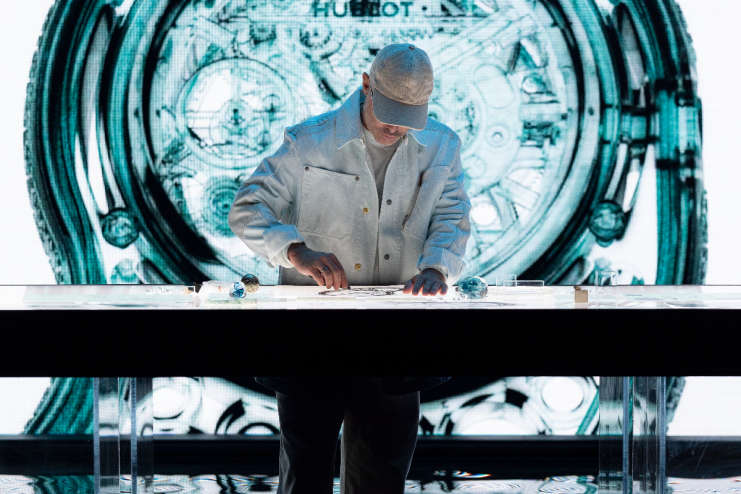The reinvention of watch firm Hublot, from sci-fi artistry timepieces to sapphire and titanium

Introducing brave new disciplines to Hublot’s universe is the sci-fi artistry of Daniel Arsham, reports Alex Doak
This issue’s ‘Watching the Watchmen’ feature charts the 1990s multi-pronged reinvention of the ’luxury timepiece’ as we know it, and Hublot is a key player.
Admittedly, its porthole case and rubber strap was a tough sell on launch in 1980, and Hublot didn’t really get its mojo properly on until 2004. That was when a prime architect of the post-quartz, unashamedly ritzy ticker came on board, fresh from reestablishing Omega as the choice of glamorous celebs.
Jean-Claude Biver’s wisdom has taken Hublot in many directions, from football to gastronomy, but the world of art has proved most potent.
Read more: Richard Mille: Luxury watch brand hands out huge pay day as sales success eyed
Contemporary forms lend especially well to Hublot’s sculpted experiments in ceramic, sapphire and titanium. Following fruitful collabs with Richard Orlinski and Takashi Murakami, it was only a matter of time before Daniel Arsham came knocking. And what a result: the ‘Arsham Droplet’ – the pocket watch as biomorphic cyborg, totally in sync with the New Yorker’s unnerving ‘future relic’ reimaginations as sculpture.
None of the 99 Droplets being made will see much of the inside of a waistcoat, we imagine.
Two teardrop crystal domes flow gorgeously over an openworked titanium case. Hublot’s steampunk ‘MECA-10’ movement is showcased within, at tension with its organic outer – like Arsham’s cutaway Renaissance busts as robots.
If the Swiss watchmaker was a child of the 1990s, this is its signpost to the 1930s.
Read more: Christopher Ward: Sales almost double at luxury watchmaker ahead of US expansion